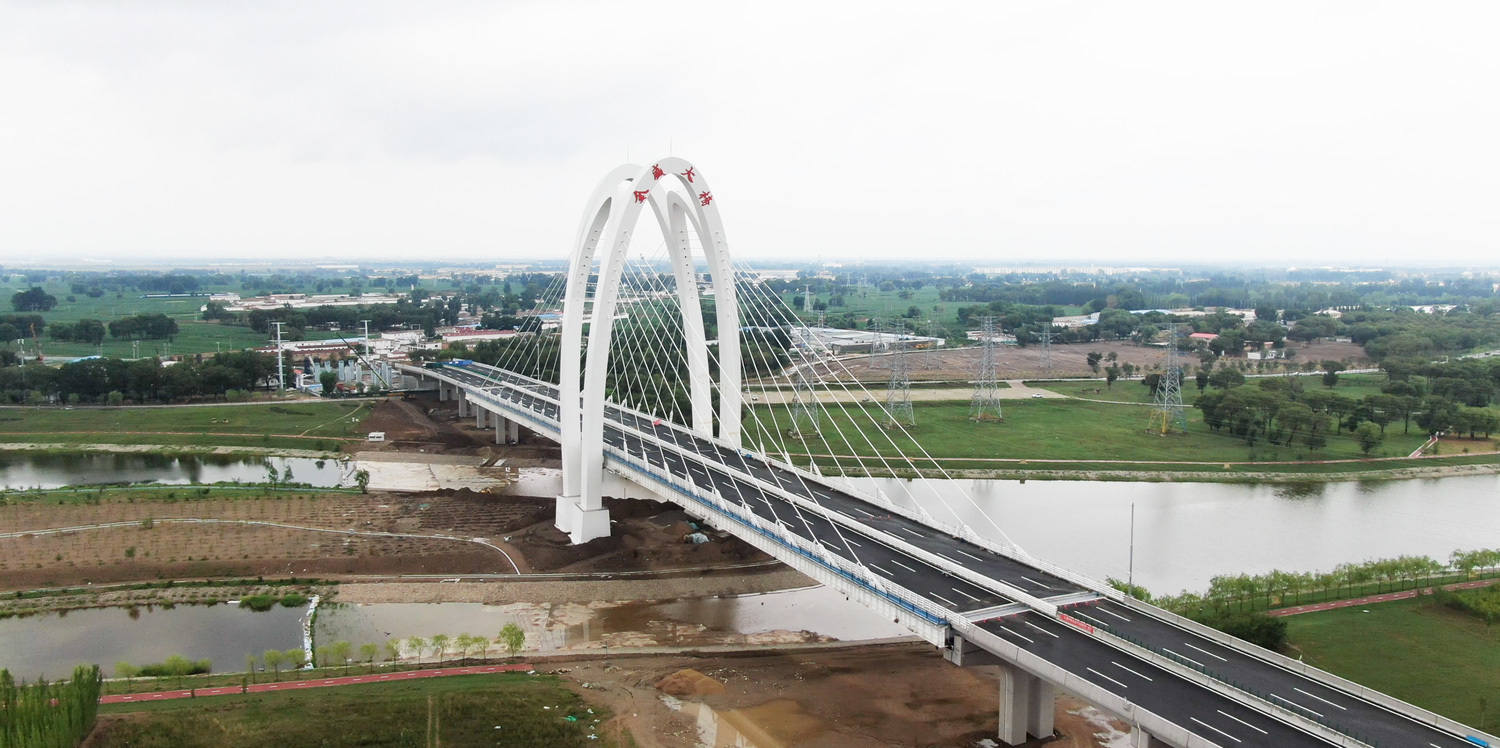Exploring the Benefits of China Suspension Steel Bridges in Modern Construction
Jun 24,2025

Exploring the Benefits of China Suspension Steel Bridges in Modern Construction
In recent years, China’s suspension steel bridges have gained significant traction in the realm of modern construction. These robust structures not only showcase advanced engineering and design principles but also offer numerous benefits that are crucial for the evolving needs of urban infrastructure. This article delves into the various advantages of these remarkable bridges, illustrating why they are becoming the preferred choice for many construction projects across the globe.
Table of Contents
- What Are Suspension Steel Bridges?
- Historical Background of Chinese Suspension Bridges
- Design and Engineering Advantages of Suspension Steel Bridges
- Cost-Effectiveness in Construction
- Sustainability and Environmental Impact
- Case Studies of Chinese Suspension Bridges
- Future Trends in Suspension Bridge Technology
- Conclusion
1.1 Superior Load-Bearing Capacity
1.2 Aesthetic Appeal and Integration
6.1 Zhangjiajie Suspension Bridge
6.2 Suzhou Suspension Bridge
What Are Suspension Steel Bridges?
Suspension steel bridges are defined by their unique design, which utilizes cables to support the bridge deck. These cables are anchored into massive towers, allowing for long spans and the ability to accommodate significant loads. China, with its rich history in bridge engineering, has mastered the art of constructing suspension bridges that balance aesthetics with functionality.
Historical Background of Chinese Suspension Bridges
The history of suspension bridges in China dates back centuries. From ancient designs to contemporary marvels, China has consistently pushed the boundaries of engineering innovation. The Yavuz Sultan Selim Bridge and the Tianjin Grand Bridge are prime examples of how traditional principles have been integrated with modern technology to create structures that are not only functional but also visually stunning.
Design and Engineering Advantages of Suspension Steel Bridges
Suspension steel bridges offer numerous design and engineering advantages that make them a preferred choice for modern construction projects.
1.1 Superior Load-Bearing Capacity
One of the primary benefits of suspension steel bridges is their remarkable load-bearing capacity. The design allows for the distribution of weight across the entire structure, making it capable of supporting heavy vehicles and pedestrian traffic. This feature is particularly advantageous for urban areas where traffic congestion is a significant concern.
1.2 Aesthetic Appeal and Integration
China’s suspension bridges are also renowned for their aesthetic appeal. Their sleek lines and towering cables add a modern touch to urban landscapes. Moreover, these structures can be designed to fit harmoniously within their surroundings, enhancing the visual experience for both residents and visitors.
Cost-Effectiveness in Construction
Building suspension steel bridges can be more cost-effective compared to traditional bridge designs. The materials used, coupled with the efficient construction techniques, often result in reduced overall expenses. Additionally, the long lifespan of these bridges means that maintenance costs are minimized, contributing to their long-term cost-effectiveness.
Sustainability and Environmental Impact
In today’s world, sustainability is a paramount concern in construction. Suspension steel bridges are designed with environmental impact in mind. Their construction typically requires fewer materials than other types of bridges, which can help reduce the carbon footprint associated with building infrastructure. Furthermore, many of these bridges are designed to withstand extreme weather conditions, which is essential for minimizing future repairs and associated environmental impacts.
Case Studies of Chinese Suspension Bridges
Examining successful suspension steel bridge projects in China provides insight into their benefits and capabilities.
6.1 Zhangjiajie Suspension Bridge
The Zhangjiajie Suspension Bridge, a marvel of modern engineering, holds the record for the world’s longest and highest glass bridge. Spanning over a canyon, this bridge not only serves as a functional structure but also as a major tourist attraction. Its innovative design showcases the potential of suspension bridges in enhancing both connectivity and tourism.
6.2 Suzhou Suspension Bridge
The Suzhou Suspension Bridge is another stunning example, featuring a blend of traditional Chinese architectural elements and modern engineering. Its construction has significantly improved transportation in the region, demonstrating how suspension bridges can address infrastructure challenges while also enriching the cultural landscape.
Future Trends in Suspension Bridge Technology
The future of suspension steel bridges looks promising, with ongoing advancements in technology and materials. Innovations such as smart bridge technology, which integrates sensors for real-time monitoring of structural integrity, are becoming increasingly common. These developments will allow for proactive maintenance and increased safety, making suspension bridges even more viable for future construction projects.
Conclusion
In conclusion, the benefits of China’s suspension steel bridges are manifold, making them an essential consideration for modern construction. Their superior load-bearing capacity, aesthetic appeal, cost-effectiveness, and sustainable design principles position them as a leading choice for infrastructure development. As we look to the future, the continued evolution of suspension bridge technology will undoubtedly enhance their role in shaping urban landscapes and improving transport efficiency. Embracing these structures will pave the way for a more connected, sustainable future.
FAQs
1. What is a suspension steel bridge?
A suspension steel bridge is a type of bridge that uses cables suspended between towers to support the bridge deck, allowing for long spans and heavy load capacity.
2. Why are suspension bridges popular in China?
Suspension bridges are favored in China for their innovative design, aesthetic appeal, cost-effectiveness, and ability to accommodate heavy traffic in urban areas.
3. What are the environmental benefits of suspension bridges?
Suspension bridges typically require fewer materials for construction, leading to a reduced carbon footprint. Their durability also minimizes maintenance needs and environmental impact over time.
4. Can suspension bridges withstand extreme weather conditions?
Yes, many suspension bridges are designed to endure extreme weather, including high winds and seismic activity, making them suitable for diverse environments.
5. What future trends can we expect in suspension bridge technology?
Future trends include the integration of smart technology for real-time monitoring, advancements in materials for enhanced durability, and designs that further improve sustainability.
PREVIOUS:
Contact Us
E-mail :
183597530@qq.com
WhatsApp:
+86-13810577811
Address:
No. 4 Fengzhi Road, Binhe New District, Baotou Rare Earth High tech Zone, Inner Mongolia Autonomous Region









